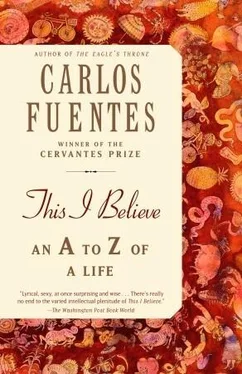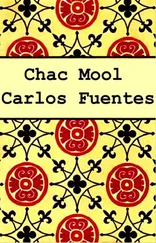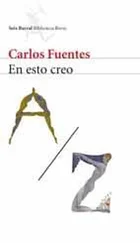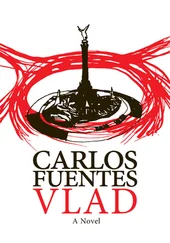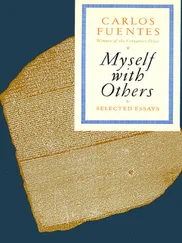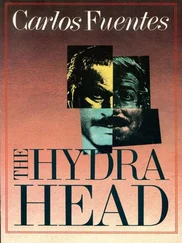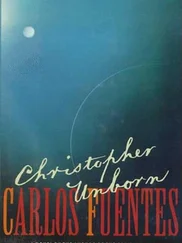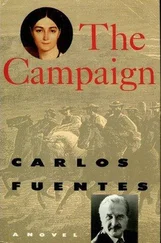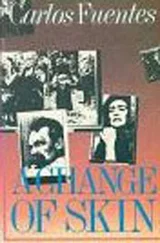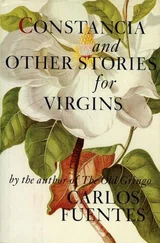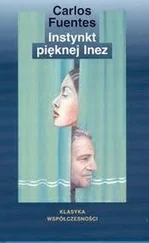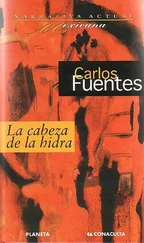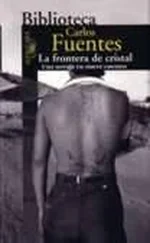Images became the center of Carlos’s life. First it was the pictorial image, soon afterward the literary image, eventually the immobile photographic image, and finally the fluid image of the cinema. He seemed to understand that the image resists reductive definition and encompasses, in a manner that is almost an act of love, all the senses. . sight, sound, smell, taste. That was why the meningitis that almost destroyed him in January 1994 was so particularly painful, because it practically robbed him of his sight and his hearing — the most intimate and sensual company his ailing body knew. His passions were Elvis Presley, Bob Dylan, the Rolling Stones, but most of all Elvis: every year, every August 16, Carlos would travel to Memphis to commemorate the anniversary of Elvis’s death. The collection of photographs he took constitute a singular archive and testament to the immortality of the King.
Like many parents who remained stuck on José Alfredo Jiménez and Ella Fitzgerald, I had quite a time following my son in his musical meanderings. I did, however, feel a very affectionate identification with his literary tastes. The poetry of Keats, Baudelaire, and Rimbaud, the plays of Oscar Wilde, the novels of Jack Kerouac, the philosophy of Nietzsche. . I realized that when Carlos read, he transcended the image eagerly to seek out — though perhaps not necessarily to find — the metaphor, the incarnation of worldly things in their most mysterious form, more distant but more accurate: the most forgotten relationship but also the most natural — simply, the relationship between this and that.
Carlos, from the many hospital beds he had to lie in as he miraculously recovered his sight and hearing but lost other vital functions — at times because of irresponsible and unforgivable surgical errors — never abandoned his pen and paper, drawing and poetry, in his feverish search for the profound meaning of all the things that both illuminated his life and stole it away from him. I say “miraculously,” and the miracle has a name: the attentions of a preeminent Mexican epidemiologist, Dr. Juan Sierra, who time and again gave Carlos back his creative life.
Carlos forged his artistic path with urgency, with joy, with pain, without a single complaint. His deep eyes, occasionally brilliant, occasionally absent, told us of how the body’s individual pain can be neither transferred nor imagined by others. And if that pain could not be transmitted through a poem or a painting, then the pain would be forever silenced, alone, inside the suffering body. There is a tremendous difference between saying “My body hurts” and “The body hurts.” How to ascribe a voice to some pain or other is the enigma that Elaine Scarry considers in her excellent book The Body in Pain. My son Carlos conceived this experience in terms of visual and verbal urgency. “Will I live tomorrow?” he asks himself in one of his poems.
Will I live tomorrow, just can’t say.
But I ain’t goin’ away without a fight.
This room is my nucleus.
To think huddled under a blanket is my escape,
I close my eyes
and hear my fear hidden within silence.
My fear: when broken it becomes
the evil unknown.
Welcome, my mystery.
But my reaction, unknown as well,
frightens my soul.
Except when it’s really unexpected.
My fear, then, has no time
to think its own terror
and the fullness of beauty takes over
my soul.
I hide my things away,
not out of fright,
but because I refuse to deal
with half-thinking brains.
“Ignorances liberate.”
I want to see you
in the same position, rocking yourself
in tears,
deprived for just one week
of your weak supporters.
“Each man kills the thing he loves.”
Each woman will let herself
be loved to death.
Which is the love that lasts
to death?
Is it only a pilgrim
of all resemblance?
My son identified strongly with artists who died young: John Keats, Egon Schiele, James Dean, Henri Gaudier-Brzeska. . They didn’t have the time, Carlos would say to me, to be anything but themselves. At one point I told him the story of his long-dead uncle, my father’s brother, Carlos Fuentes Boettiger, who died of typhus as he was beginning his studies in Mexico City at the age of twenty-one. Just like my son Carlos, our uncle Carlos began to write from a very early age and in fact published a literary magazine in Jalapa, Veracruz, with the support of the poet Salvador Díaz Mirón. There is a strange resemblance between the poem of my son, dead at twenty-five, and the poem of my uncle, dead at twenty-one. In the magazine Musa Bohemia, I found a poem that my uncle Carlos Fuentes wrote when he was fourteen.
I am frightened of repose, I despise rest. .
The night intimidates me.
Because that is when my life rises up in reproach,
looks at me, leaden, and then shows me
the tremendous ghost, the horror of old age. .
Neither Carlos my son nor Carlos my uncle reached “the horror of old age,” but that fear of the unpredictable is something that has brought my wife and I, parents of Carlos Fuentes Lemus, closer to the pain we understand so much better now, the pain that so many of our friends have suffered through, the death of a child.
Confederacy of shadows, intertwined destinies and death, along with people and all they leave behind, inert, in a drawer, in a closet, on an empty canvas or a blank page. And despite everything, we fight to hold on to the heat of the object, the force of the brushstroke, the footprint of the man who walks. . What joy it was to learn that Carlos, gifted with an intuition that was both wonderful and terrible, spent the last evening of his existence, in Puerto Vallarta, phoning all his friends, all over the world, telling them about his plans to finish his movie, publish his book of poems, exhibit his artwork, telling them he was happy, strong, full of creativity, in love with his girlfriend Yvette. The following morning he collapsed under the weight of a pulmonary infarction.
We were left alone, Silvia and I. Our warm and wonderful friend Carmen Balcells understood, better than anyone, the relationship between mother and son.
I think of Silvia most especially, because she has always been so extraordinarily devoted to your boy and has lived in a perpetual state of terror about his health. I remember so clearly one time when I visited Carlos in New York, and how startled I was by his fragility and Silvia’s fatigue — more than a mother, she seemed like a girlfriend or a confidante offering her unyielding support to a boy full of that childish desire and eagerness to enter a kind of normality that would never be possible for him. .
Exorcisms of death sometimes become prophecies for life. Carmen Balcells was right. In The Years with Laura Díaz, I evoke the death of my uncle Carlos Fuentes in Veracruz at the turn of the twentieth century, but as I wrote I wanted to prevent the death of my son Carlos, embodied by the second Santiago of the Laura Díaz genealogy:
Silence. Tranquillity. Solitude. That’s what unites us, thought Laura, holding Santiago’s burning hand in her own. There is no greater respect or tenderness than that of being together and silent, living together but living the one for the other without ever saying so. With no need to say so. Being explicit might betray that deep tenderness which was only revealed in a tapestry of complicity, intuition, and acts of grace. . Laura and Santiago experienced all this while he was dying, both of them knowing that he was dying, but both conspiratorial, knowing, and thankful to one another because the only thing they wordlessly decided to banish was compassion. The shining eyes of the boy, sinking deeper and deeper by the day, asked the world and the mother, the two forever identified in the son’s spirit, “Who has the right to pity me? Don’t betray me with pity. I’ll be a man to the end.”
Читать дальше
